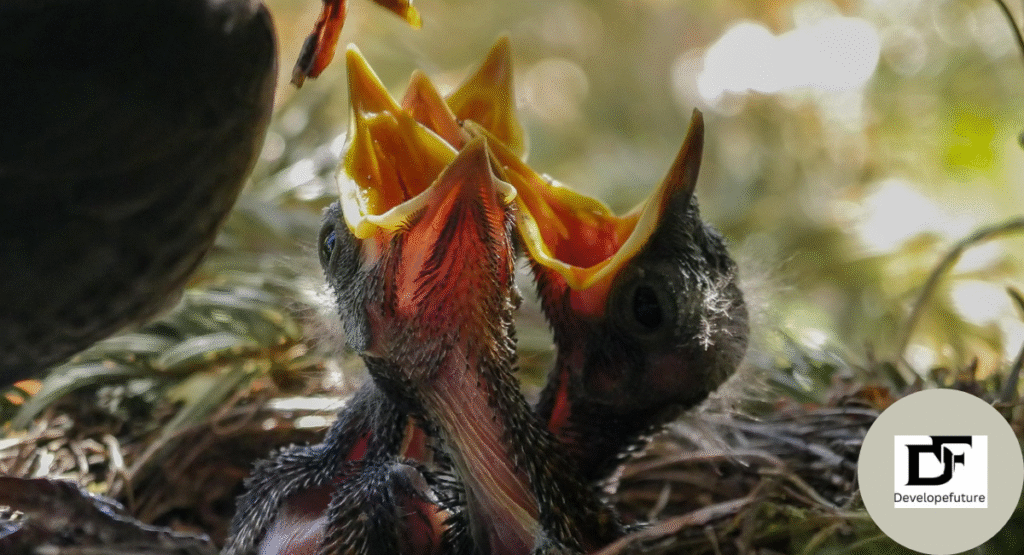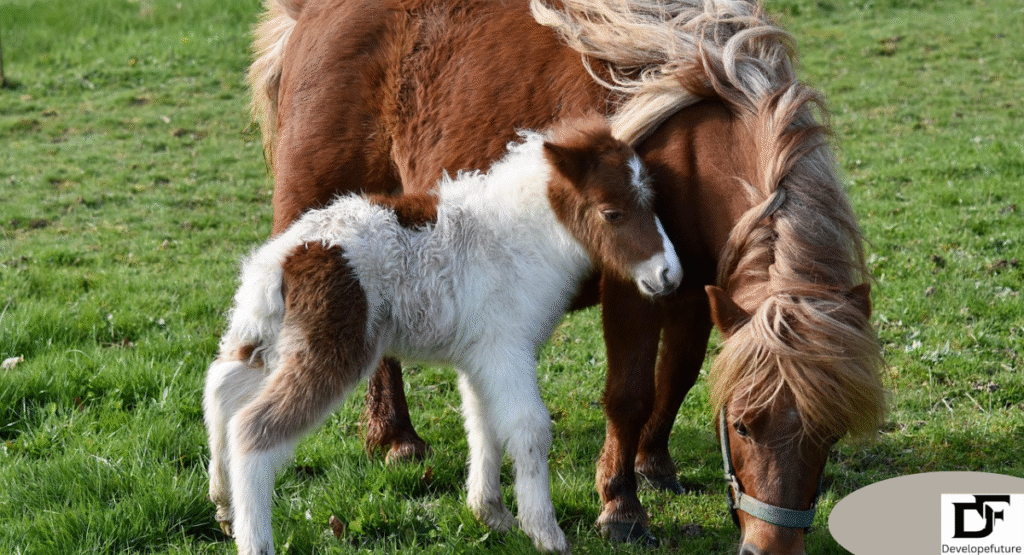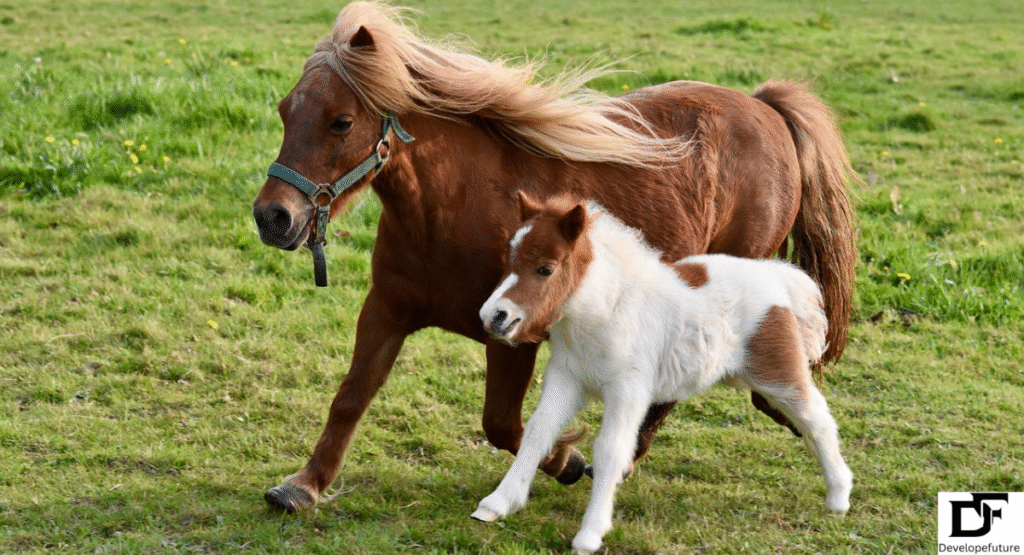Breeding technology that utilizes gene banking is revolutionizing the future of agriculture, conservation, and biotechnology. This advanced process allows scientists and breeders to preserve the genetic material of plants and animals. It is for long-term storage and later use by integrating preservation methods with modern breeding techniques. Breeding technology that utilizes gene banking ensures biodiversity is safeguarded and accessed strategically.
The breeding technology that utilizes gene banking enables researchers to overcome environmental challenges and genetic bottlenecks. As climate change continues to impact ecosystems. It’s essential to preserve resilient and diverse genetic samples becomes essential. Gene banks serve as reservoirs of genetic traits. Which can be reintroduced into breeding lines to enhance resistance, productivity, and adaptability.
Using breeding technology that utilizes gene banking is not limited to agriculture alone. This technology is now a vital tool in wildlife conservation. It’s veterinary medicine and food security strategies worldwide.
Table of Contents
Gene banks are essential for global agricultural biodiversity preservation.
Gene banks serve as secure storage facilities for genetic materials. It including seeds, DNA, tissues, and reproductive cells. The breeding technology that utilizes gene banking relies on this infrastructure to preserve the essential traits of diverse crops and livestock species. These banks help mitigate the loss of biodiversity. It caused by urbanization, industrial agriculture, and climate shifts.
The breeding technology that utilizes gene banking ensures that stored genetic samples remain viable and uncontaminated. Proper cryopreservation techniques, controlled environments. And rigorous protocols are necessary to maintain integrity over decades. Such technologies enable scientists to revive old or extinct varieties and breeds. Thereby enriching both breeding programs and food systems.
Additionally, breeding technology that utilizes gene banking enables international collaboration. By sharing access to global gene banks. Countries can respond faster to food crises or epidemics affecting crops and animals. This cooperation enhances global resilience and helps manage shared resources equitably and responsibly.

Advanced genetic analysis strengthens selective breeding in stored materials
Once stored materials are retrieved from gene banks. advanced genomic tools are used to analyze their traits. These tools support breeding technology that utilizes gene banking by identifying genetic markers for disease resistance, drought tolerance, or high yield. Breeders can then selectively propagate plants or animals with the most desirable characteristics.
The gene banking goes beyond traditional breeding by reducing the need for generational trial and error. Marker-assisted selection and CRISPR-based genome editing enhance the precision and efficiency of breeding projects. These innovations accelerate the development. Of improved varieties or breeds with enhanced survival traits.
By integrating biotechnology, gene banking has become a critical asset in tackling challenges. Like global food demand, nutritional deficiencies, and emerging diseases. Through this technology, breeders can continuously refine genetic lines. For optimal performance in a variety of environments and industries.
Conservation efforts are improved through cryopreservation and DNA archiving
Conservation organizations are increasingly turning to gene banking to protect endangered species. Cryopreservation of sperm, eggs, and embryos allows future reintroduction of species. Those that are at risk of extinction. These efforts provide a safety net for biodiversity and help maintain ecological balance.
The gene banking also supports the archiving of DNA samples from both wild and domesticated species. These genetic blueprints can be sequenced. And stored for future research, helping scientists monitor genetic drift. And evaluate the health of isolated populations.
Using it, conservationists can crossbreed reintroduced animals. To increase genetic diversity and prevent inbreeding, wild populations are crucial. This approach is especially vital for species with critically low populations. And contributes to the long-term sustainability of ecosystems worldwide.

Emerging challenges in global food security are addressed through gene storage
Climate change, pests, and diseases threaten global food systems. It is making it a critical countermeasure. Gene banks store drought-resistant rice. It includes heat-tolerant wheat and pest-resistant maize varieties. That can be bred and cultivated as future conditions demand.
The gene banking empowers breeders to develop crops. That withstand harsh weather, soil salinity, or poor irrigation. These resilient varieties improve yields in developing countries, where agriculture is most vulnerable. Genetic backups ensure that even if native strains are lost. They can be recovered and reintroduced.
Further, the gene banking enhances the capacity to adapt to future dietary demands. By preserving nutrient-rich and climate-resilient food sources. Scientists can help meet the growing needs of a global population projected to exceed 9 billion by 2050.
Ethical considerations and regulatory frameworks guide gene banking practices
The advancement of gene banking has raised important ethical and regulatory concerns. Questions around ownership, consent, and benefit-sharing require transparent legal structures. To ensure genetic materials are used responsibly. Global cooperation and clear governance are essential in maintaining public trust.
It must also address biopiracy. Where genetic resources from developing regions are exploited without fair compensation. Ethical gene banking ensures that communities are contributing to the genetic pool. It benefits from scientific advancements and commercial applications.
By implementing strict international guidelines, it continues to evolve within ethical boundaries. This ensures the technology benefits both human societies. And the environment without compromising biodiversity or local autonomy.

Livestock improvement programs enjoy long-term genetic material repositories
It plays a vital role in enhancing livestock genetics. Gene banks maintain sperm, embryos, and somatic cells from high-performing animals. To support breeding programs aiming to improve meat, milk, or wool yields. These resources ensure that valuable traits are never lost.
With climate change threatening animal production. It allows breeders to introduce resilient genes into livestock populations. This strengthens resistance against heat stress, infections, and declining fertility. Long-term planning supported by gene banks enables strategic livestock development for the future.
Moreover, the gene banking supports the preservation of rare or endangered livestock breeds. These genetic reservoirs can be tapped to revive lost breeds or maintain genetic diversity. Thich is essential for sustainable animal agriculture and breeding innovation.
Plant breeding programs use gene banking for sustainable crop innovation
Crop breeding programs increasingly depend on gene banking. It access historic and rare seed varieties. These resources allow scientists to reintroduce long-forgotten genetic traits. That enhance drought tolerance, pest resistance, and productivity in modern farming.
The gene banking ensures food crops remain adaptable in shifting environments. Breeders can incorporate resilience traits without sacrificing nutritional value or yield. This targeted approach supports long-term food security through smarter, data-driven plant breeding.
As monoculture farming reduces crop diversity. Gene banking safeguards forgotten or underutilized plant species. This enables researchers to diversify diets. It reduce agricultural risks, and meet the evolving demands of global food systems.

Biotechnological integration boosts gene bank application in precision agriculture
Biotechnology advances have amplified the power of gene banking in precision agriculture. Scientists now combine genomic mapping . And AI-based breeding algorithms with stored materials to predict successful trait combinations with greater accuracy.
The gene banking benefits from machine learning tools. That identify the most effective crosses for stress resistance or nutritional enhancement. These insights guide breeders toward optimal use of preserved genetic material, saving time and resources.
Thanks to innovations in digital agriculture. Gene banking is entering a new era. Smart sensors, remote monitoring, and automated breeding platforms can all interface with gene bank data. It is improving traceability and accelerating decision-making in farming.
Public awareness and education promote support for genetic resource conservation
Public understanding is crucial to its success. Raising awareness about the importance of gene banks. And biodiversity preservation can drive policy support, research funding, and community engagement.
It gains wider acceptance. When educational institutions, museums, and media highlight its role in solving food and climate challenges. Informing the public about its applications bridges the gap between science and society.
Community participation in conservation projects involving It . It empowers local populations to value and protect their genetic heritage. This inclusive approach fosters a sense of responsibility. And encourages long-term commitment to sustainability.
FAQ’s
What is the main purpose of gene banking in breeding technology?
The main purpose is to preserve genetic material for future use in breeding programs, conservation, and research.
How does gene banking help in conservation?
It stores reproductive materials and DNA. To reintroduce endangered species or improve their genetic diversity.
What technologies support gene banking processes?
Cryopreservation, genomic sequencing, and marker-assisted selection are core technologies used in gene banking.
Are there any ethical concerns related to gene banking?
Yes, issues like ownership, consent, and biopiracy. And benefit-sharing must be ethically and legally addressed.
Can gene banking improve food security?
Absolutely. It helps develop resilient crops. And livestock to adapt to changing environments and global food demands.
Conclusion
It is a cornerstone of modern agricultural innovation, conservation, and biotechnology. With the increasing threats of climate change, biodiversity loss, and food insecurity. This technology allows us to store, preserve. And use genetic materials effectively and responsibly. The integration of gene banks with advanced breeding tools opens new opportunities to secure sustainable food systems. It protects endangered species and fosters scientific discovery for generations to come.

